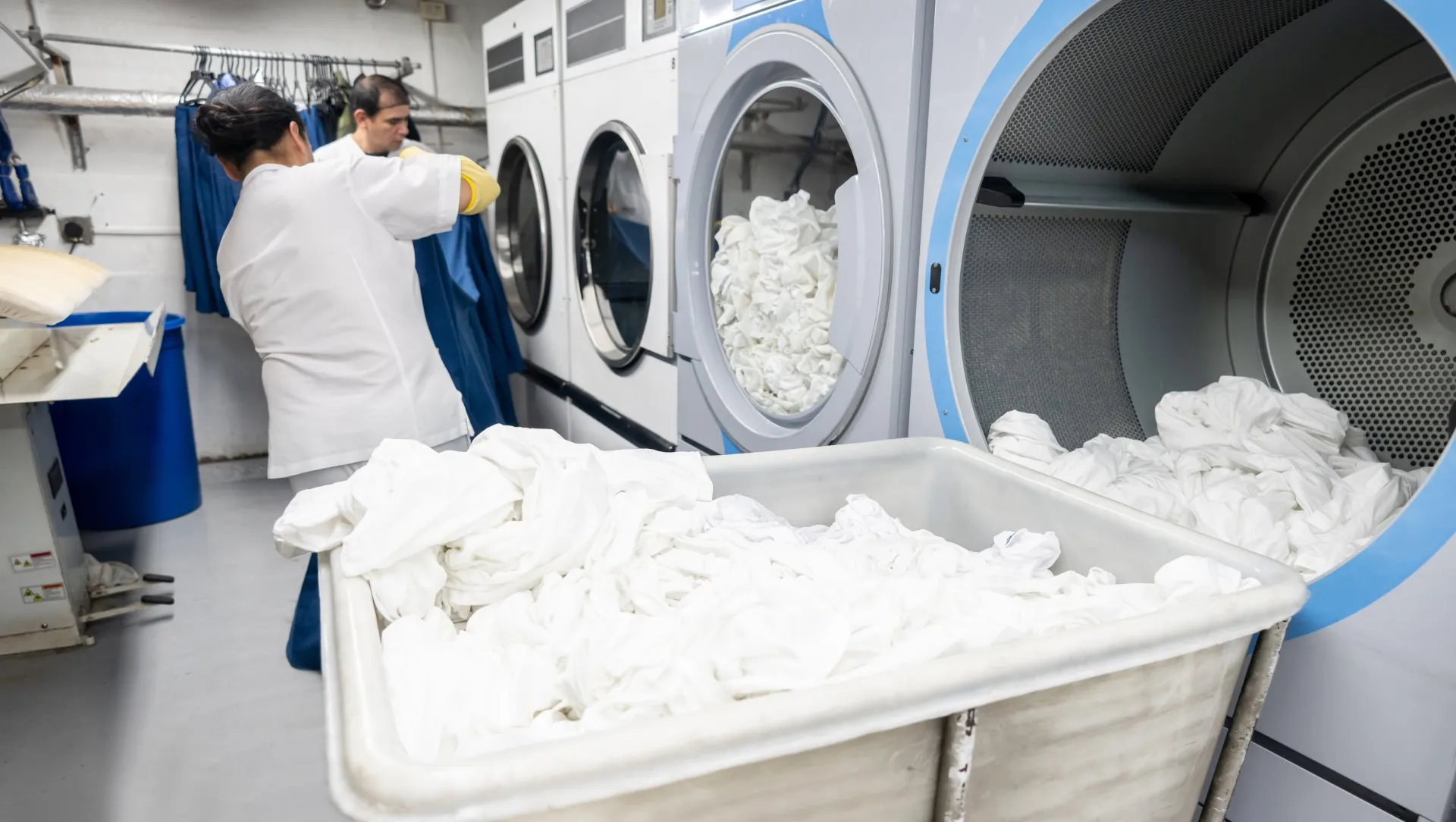

Discover the science behind this powerful disinfectant and surface protectant.
D-FENZ antimicrobials are comprised of mechanically manipulated silica particles that have been suspended in a colloidal, water-based solution. When wet D-FENZ antimicrobial particles come into contact with a target surface and dry, oxygen is captured from the air to form Silicon Dioxide (SiO2) crystalline structures that are mechanically bonded to the surface, similar to how a water spot forms on a glass.
This newly modified protective surface is invisible to the human eye and touch yet disastrous to approaching pathogenic microbes. It is comprised of microscopic jagged crystalline points. These sharp points physically pierce the membrane, preventing adhesion and colonization, and interfere with microbial communication. This triple threat poses no risk to humans but is extremely deadly to pathogenic microorganisms.
All types of pathogenic microorganisms are susceptible to surface adhesion and communication interference and are unable to develop a defense. D-FENZ antimicrobials cast a wide efficacy net and do not contribute to the global epidemic of antimicrobial resistance.

